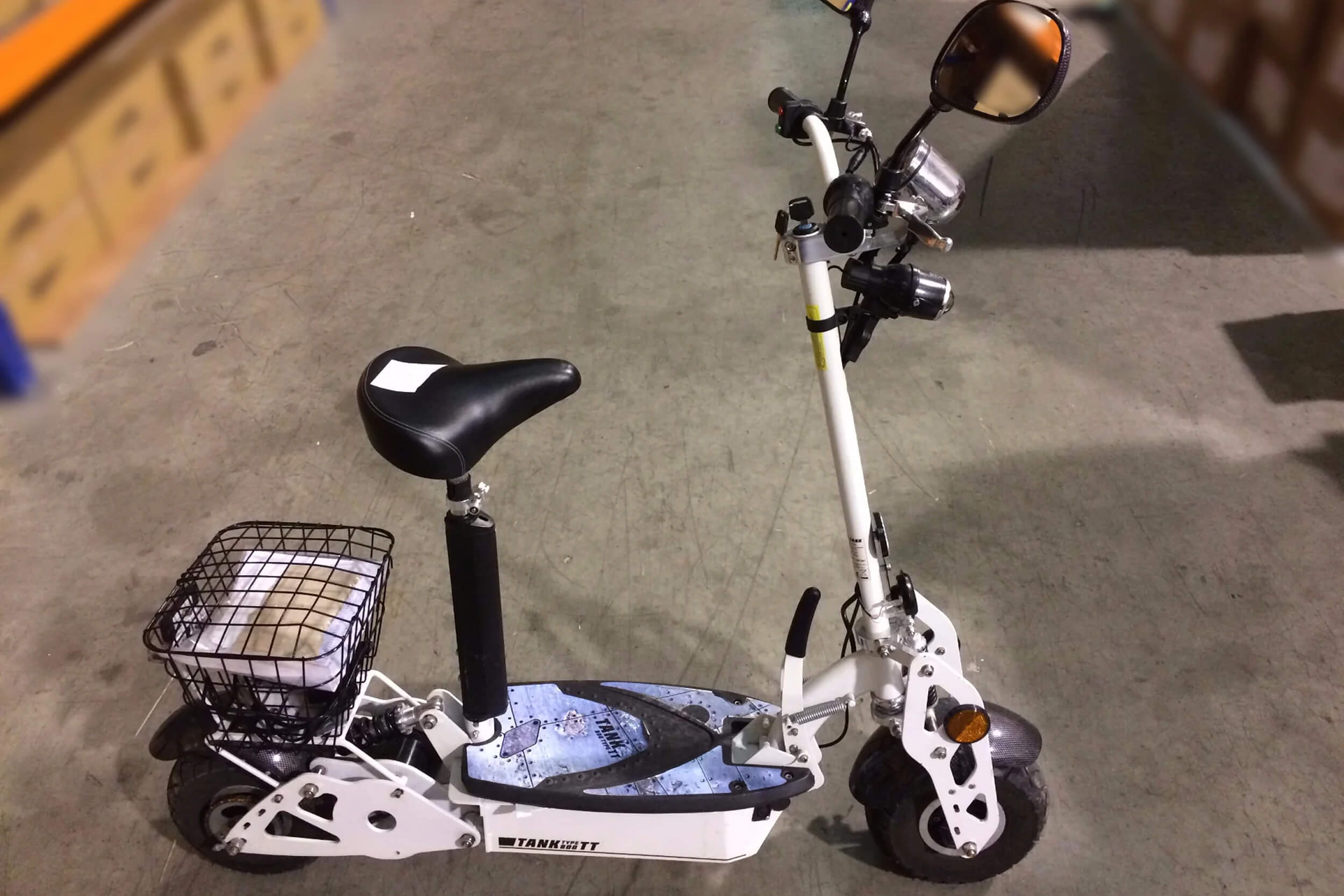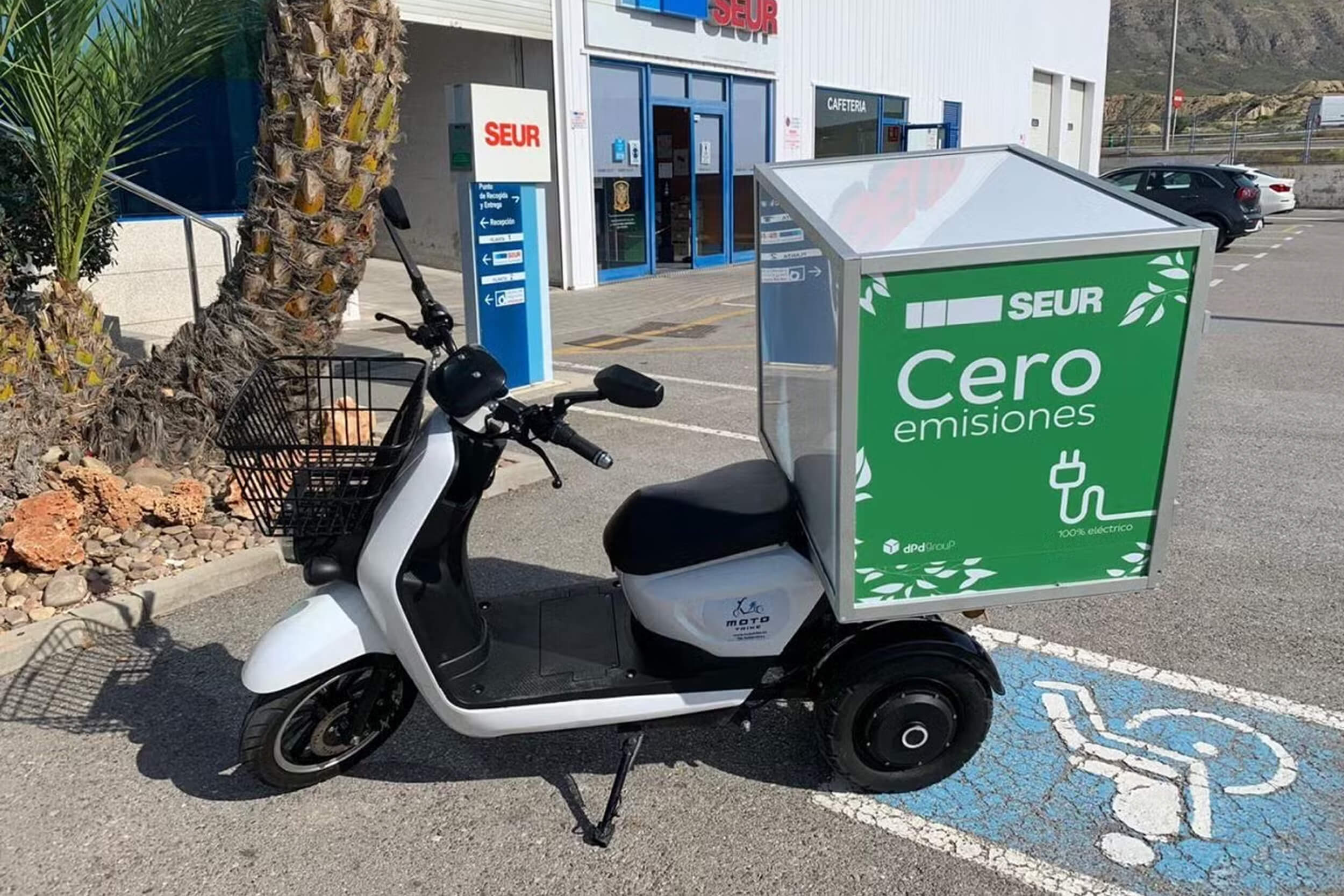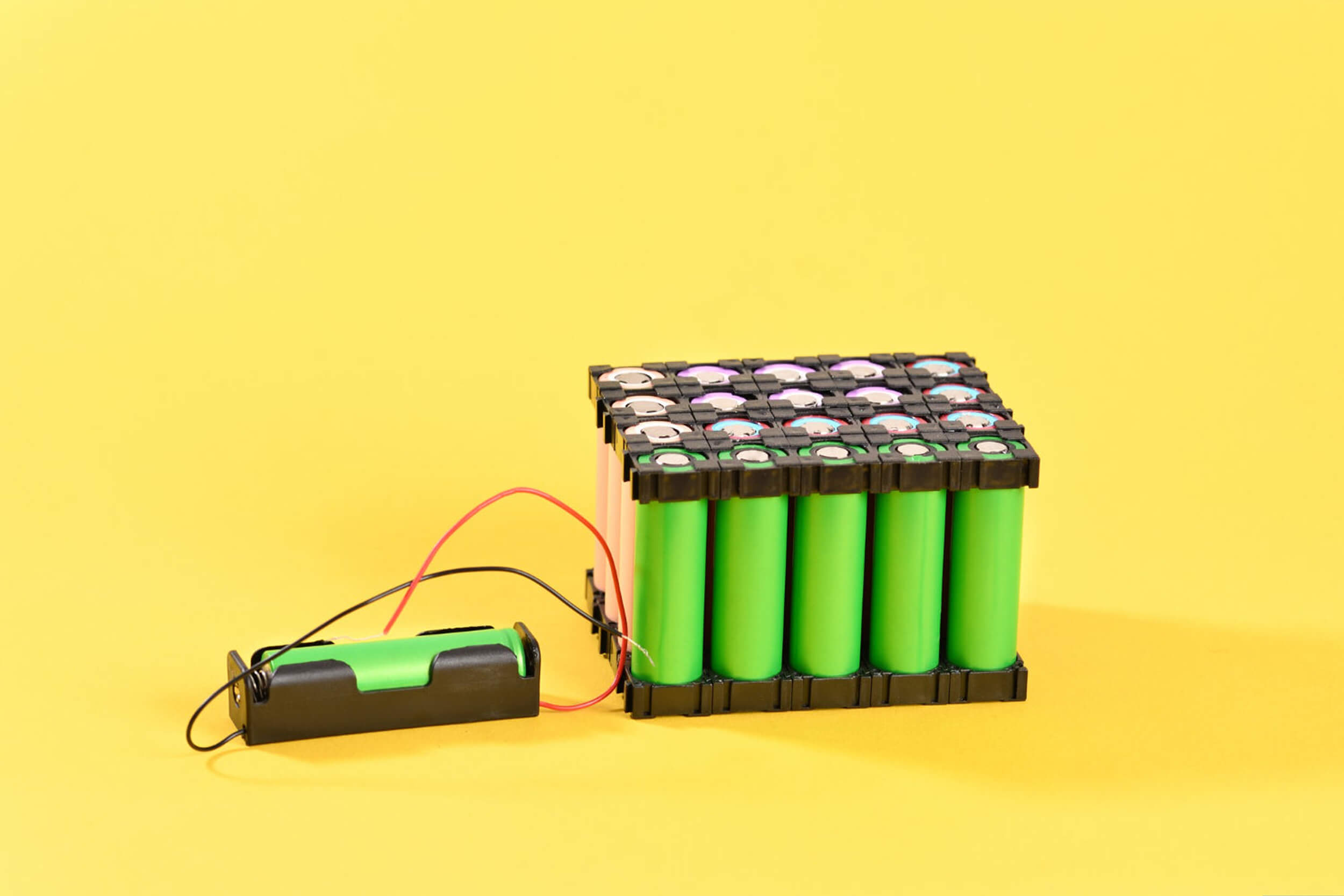
Why Second-Hand E-Scooters Are the Future
September 1, 2025
A Smart Seller’s Guide for E-Scooter owners
October 1, 2025How E-Scooters Are Transforming Last-Mile Delivery in Urban Areas
Introduction
As cities grow denser and consumer expectations rise, the demand for faster, more efficient last-mile delivery solutions has never been higher. From takeout to groceries and urgent packages, the pressure is on logistics companies to deliver quickly—often within hours or even minutes.
At the same time, cities are grappling with congestion, air pollution, and rising carbon emissions. Traditional delivery methods—gas-powered vans, motorcycles, and large trucks—are becoming unsustainable, especially in downtown cores where space is limited and emissions regulations are tightening.
This is where electric scooters step in. Once seen primarily as personal commuter tools or recreational devices, e-scooters are now becoming a key asset in the last-mile delivery revolution. Lightweight, cost-effective, and emission-free, they’re helping reshape the way goods are transported across short urban distances.
The Rise of On-Demand Culture
The modern consumer lives in an on-demand world. Whether it’s ordering lunch, a new phone case, or prescription medication, we expect things to arrive quickly—and at minimal delivery cost. This shift has forced companies to rethink their logistics strategies.
While traditional vehicles are still vital for long-haul routes and large shipments, they’re often overkill for quick, local drops. Sending a full-sized van to deliver one small item several blocks away creates inefficiencies, clogs traffic, and burns fuel unnecessarily.
Electric scooters, on the other hand, are designed for exactly this kind of job. They can weave through traffic, park virtually anywhere, and cost pennies per kilometer to operate. For delivery platforms and independent couriers alike, e-scooters are proving to be a game-changing option.
Why E-Scooters Make Sense for Last-Mile
Several factors make e-scooters uniquely suited to short-range delivery.
First is agility. Scooters are compact and can navigate dense urban grids more easily than cars or trucks. They’re ideal for areas with narrow lanes, pedestrian zones, and limited parking availability.
Second is cost. The operating and maintenance costs of e-scooters are a fraction of what a car or van requires. There’s no fuel to buy, insurance is cheaper (if required at all), and servicing is usually limited to occasional brake adjustments, tire replacements, and battery upkeep.
Third is sustainability. In an era where companies are under growing pressure to reduce their environmental impact, switching to electric micro-vehicles can significantly lower emissions associated with local deliveries. Riders and businesses that choose this option also appeal to eco-conscious consumers.
A New Class of Couriers
The rise of food delivery apps and gig economy platforms has given birth to a generation of independent couriers who value flexibility and affordability. For many of these workers, owning and maintaining a car isn’t practical—or necessary.
E-scooters provide a compelling alternative. They’re accessible, easy to use, and increasingly available through second-hand markets like Scootshop. With the right model and a healthy battery, a courier can complete dozens of deliveries per day with minimal overhead.
And since Scootshop specializes in rebuilding and reselling used e-scooters, many delivery workers can afford to start earning with only a modest investment—one that pays for itself quickly with consistent usage.
Solving the Urban Congestion Puzzle
Urban congestion isn’t just a headache for commuters—it’s a logistical challenge for businesses and city planners. Too many vehicles fighting for too little space creates delays, raises emissions, and frustrates everyone.
By incorporating e-scooters into delivery fleets, businesses can reduce their physical footprint on the road. Instead of multiple trucks circling neighborhoods, small teams of e-scooter couriers can cover tight zones quickly and cleanly.
Cities like Paris, New York, and Toronto have already begun experimenting with micromobility logistics hubs—small urban depots where packages are offloaded from trucks and distributed via bikes or scooters. These systems show that decentralizing delivery can work—and that e-scooters are central to the equation.
Challenges and Considerations
Of course, e-scooter deliveries aren’t without obstacles. Battery range limitations, bad weather, and safety concerns are valid factors to address. But technology is evolving fast.
Modern scooters now offer improved suspension, longer range, and better braking systems. Portable chargers and battery-swapping solutions are also making it easier for couriers to stay on the move. And platforms like Scootshop help couriers maintain their scooters affordably by offering refurbished parts and rebuild services.
Training and proper regulations will also play a role. Couriers need to be aware of traffic laws, safety gear requirements, and best practices for sharing the road.
A Micromobility Future for Business
The future of delivery isn’t just about drones and autonomous trucks—it’s about empowering everyday riders with practical tools for short-distance logistics. E-scooters represent a tangible, scalable, and environmentally responsible solution.
Whether you’re a business owner looking to cut costs, a courier searching for your next ride, or a city planner thinking about sustainable transport infrastructure, e-scooters offer real promise. At Scootshop, we’re committed to making micromobility more accessible by giving e-scooters a second life. We believe that sustainable transport isn’t just for consumers—it’s for commerce too.


